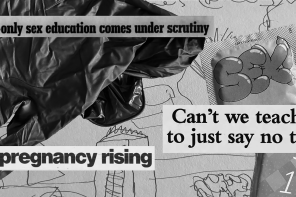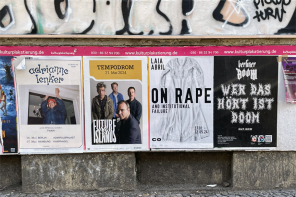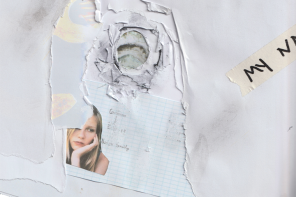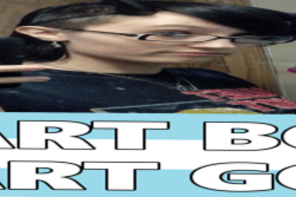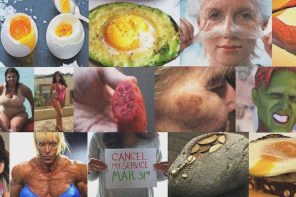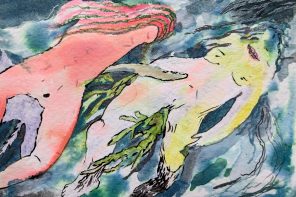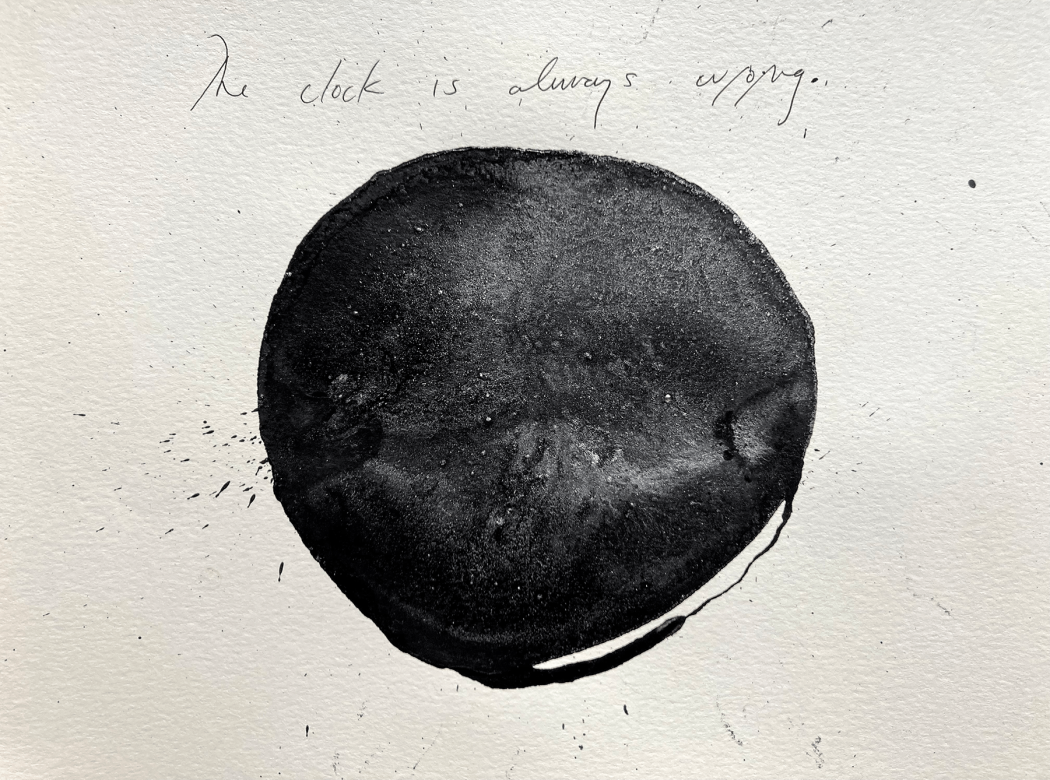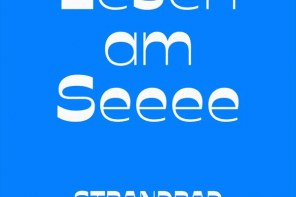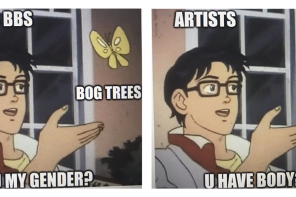Audio version of this article.
Begun in 2021, Wart Paintings is an ongoing series that is part of an ever-growing body of warts Johanna Hedva has been cultivating for years. Mysterious, recalcitrant, and oddly sentient, warts testify to an animist reality, antagonizing our belief in individual agency by forcing us to negotiate with and relate emotionally to an inanimate foreign body embedded in our own. An old wives’ tale states that warts will leave the body if you simply ask them to, as if they are listening. There is a relationship there—what is it? Hedva doesn’t over-theorize their wart drawings; they follow the blood clots, stars, galaxies, and textures as they emerge from the materials. Hedva tends to make the Wart Paintings alongside whatever else they’re making at the time, turning to drawing when an idea or thought or form is strange and they want it to be both more strange and more available.
Ink, liquid watercolor concentrate, and metallic pigment on 300 gram and 250 gram paper, various sizes.
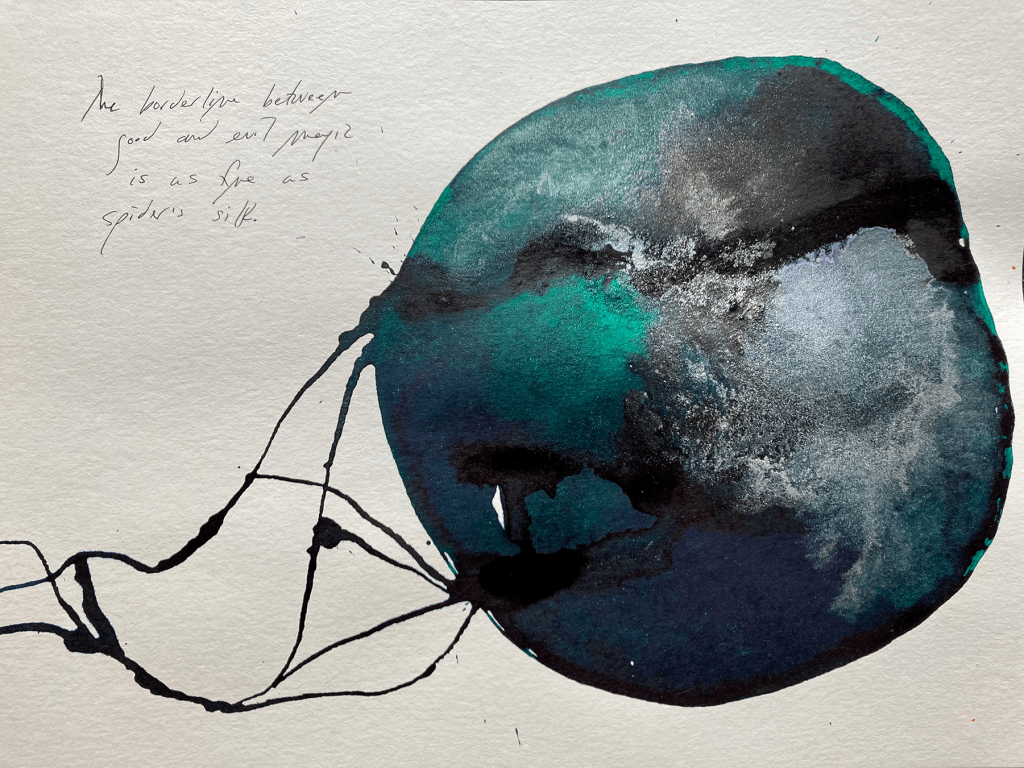
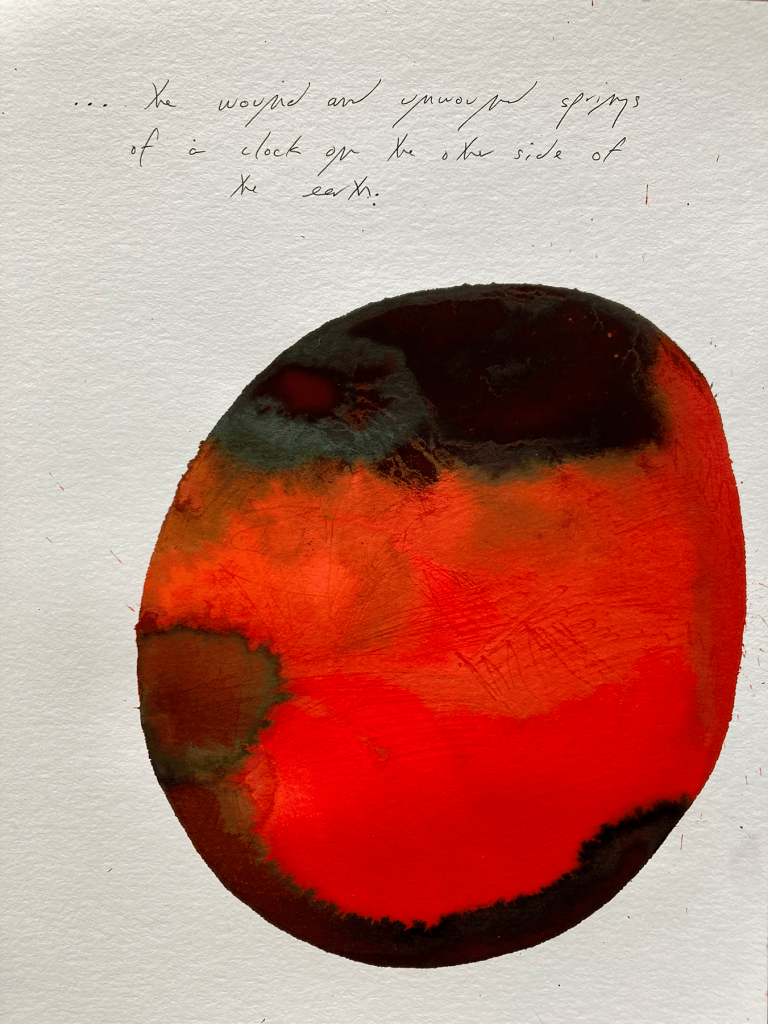
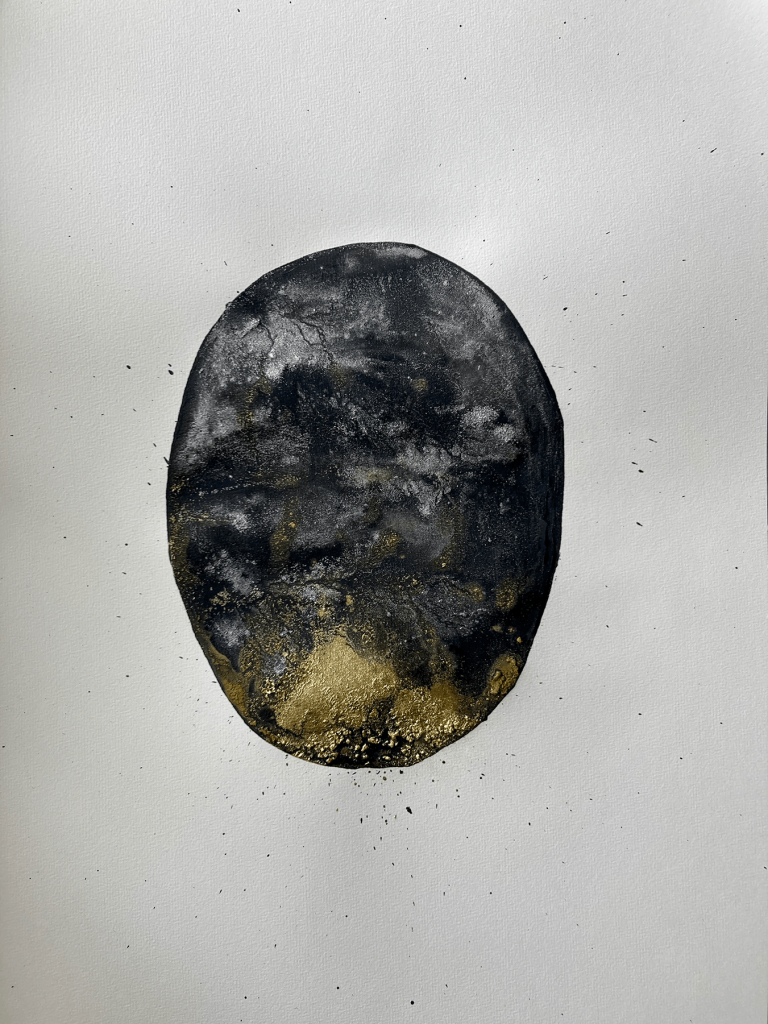
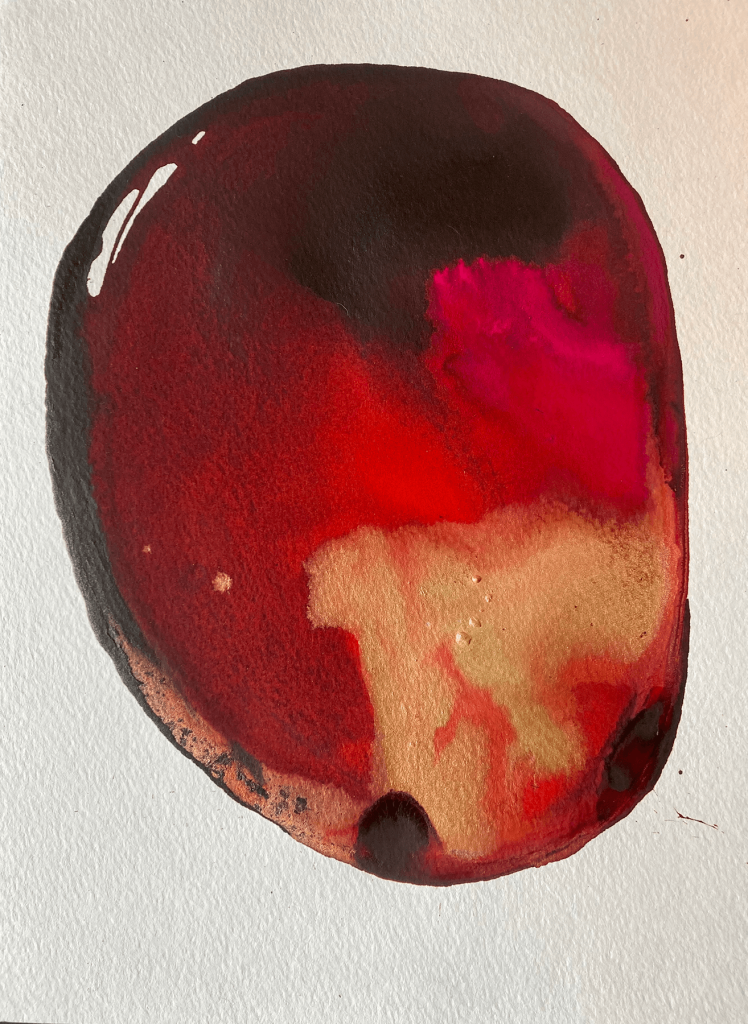
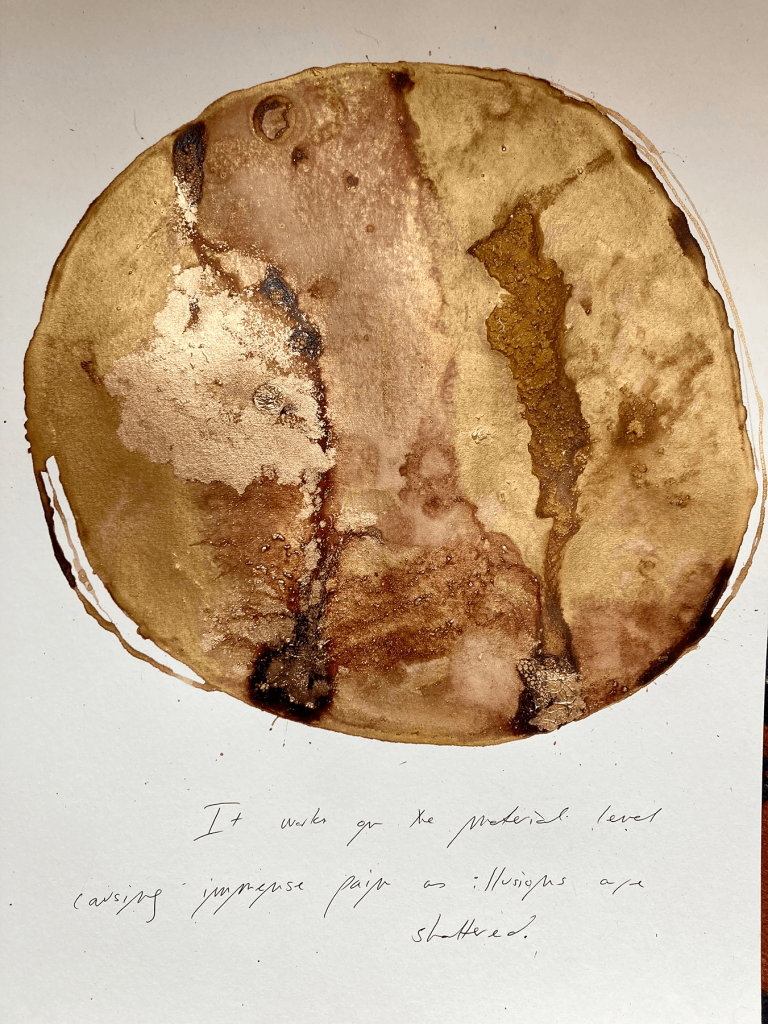
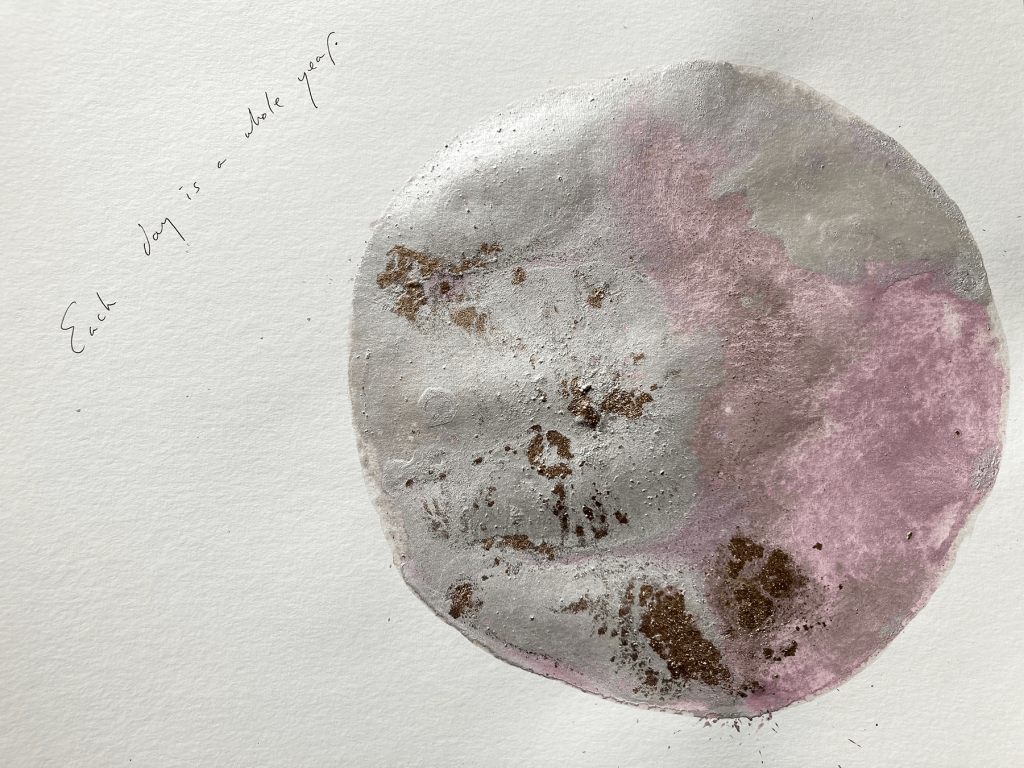
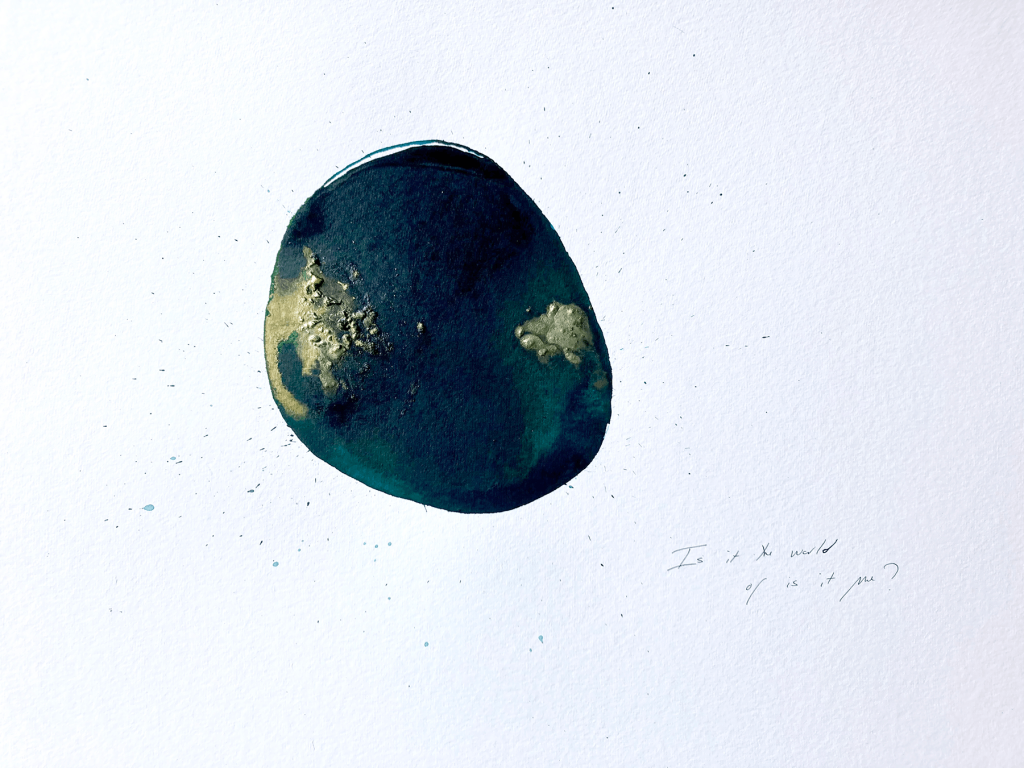
Images and text by Johanna Hedva (they/them) is a Korean-American writer, artist, and musician, who was raised in Los Angeles by a family of witches, and now lives between LA and Berlin. Hedva is the author of Minerva the Miscarriage of the Brain (Sming Sming/Wolfman 2020), a collection of poems, performances, and essays, and the novel On Hell (Sator/Two Dollar Radio 2018). Their album Black Moon Lilith in Pisces in the 4th House, a doom-metal guitar and voice performance influenced by Korean shamanist ritual, was released in January 2021, and their 2019 album The Sun and the Moon had two of its tracks played on the moon. Their work has been shown in Berlin at Haus der Kulturen der Welt, Klosterruine, and Institute of Cultural Inquiry; The Institute of Contemporary Arts in London; Performance Space New York; Gyeongnam Art Museum in South Korea; the LA Architecture and Design Museum; and the Museum of Contemporary Art on the Moon. Their writing has appeared in Triple Canopy, frieze, The White Review, and is anthologized in Whitechapel: Documents of Contemporary Art. Their essay “Sick Woman Theory,” published in 2016 in Mask, has been translated into ten languages.

